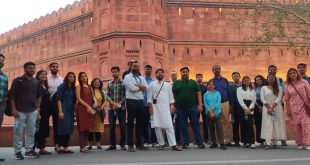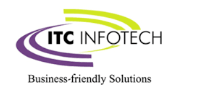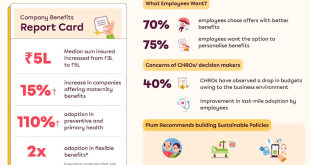Businesses in India say innovation is crucial, but they’re being held back by complex data architectures and 21% say cloud is increasing complexity
India, May 11: Businesses in India believe tech innovation is crucial to drive future growth but 86% say they’re being held back by complex data architecture, research today revealed.
The APAC Report on Data and Innovation published by MongoDB, the leading modern, general purpose database platform, surveyed 2,000 developers and IT decision-makers (ITDMs) across Asia, including over 400 in India.
In the digital age, an organisations’ success is often tied to how fast they can build and deploy new solutions and applications. This has increased the strategic importance of developers who have become the driving force for innovation. However, as today’s report uncovered, developers are being held back from driving this innovation because of complex and legacy data architectures which take significant time and resources to work around. This is the recurring tax on innovation.
Innovation Clear Priority but Time is Spent Elsewhere
In India, 86% reported that working with data is the hardest part of building and evolving applications and their single biggest technical challenge in application development is working with high volumes of data in different formats.
Despite 94% agreeing that regularly building new, innovative applications and features is crucial for their long-term success, many organizations report not being able to spend their time on innovation. Both development teams and ITDMs report spending just as much time maintaining existing data, apps and infrastructure (27%) as they are on building new value-added features or applications (27%).
The report found 63% of respondents described their organization’s data architecture as complex and 86% said complexity was a limiting factor when it came to innovation. Businesses report that if they were unable to innovate the most serious consequences would be an inability to enter new markets and meet new regulations.
“When I look at the companies that are on the bleeding edge of innovation, they’re not outsourcing their innovation to third-parties. Rather these organizations have a leadership team that understands the complexities of how software is built today and want to empower their development teams with solutions that make them more productive,” explained Mark Porter, CTO at MongoDB.
“Unfortunately, the data from our research echoes what I’ve been hearing from executives. Organizations still leveraging complex and legacy technologies are doing so at a detriment to the productivity of their development teams. Leaders heading up digital transformation initiatives need to be focused on how fast they can deploy an application, how quickly they can iterate on it as well as how predictably they can schedule application deployment.”
Cloud and Digital Transformation Increasing Complexity for Many
Most organizations (82%) agreed that digital transformation has made their data architecture more complex. When it came to cloud, it was clear that some companies have had different experiences. With 71% of respondents saying moving to the cloud had helped simplify their architecture, while 21% reported that the cloud has actually made their data architecture more complex. Legacy data infrastructure was another identified hindrance, with 85% calling it out as a blocker to innovation.
As requirements for modern applications grow, so too can the underlying infrastructure bloat as more things are added, such as search functionality or a mobile app. For example, nearly half (48%) of businesses reported having more than 10 databases. This complexity often requires developers to spend time maintaining the different multiple data models, integrating data sources, supporting legacy systems and bolting on security fixes.
“It’s clear from this data that not every business is getting the full benefit of the cloud. Many organizations just take existing infrastructure and lift-and-shift it to the cloud, adding services as they go, but problems on-premises are also problems in the cloud and are holding developers back” explained Sachin Chawla, Vice President, India and APAC at MongoDB. “We believe businesses should take a different approach. We see the most innovative companies take strategic bets on application platforms that radically improve four key areas: 1) developer productivity, 2) prioritize elegant and repeatable architectures, 3) security & data privacy in a few clicks and 4) uncompromising approach to deployment flexibility with a focus on multicloud.”
The top priority for innovation is improved customer experience and satisfaction.
The biggest contributors to data complexity are the need to meet regulatory constraints and pressure to create new products and features.
 Newspatrolling.com News cum Content Syndication Portal Online
Newspatrolling.com News cum Content Syndication Portal Online






